Today was a transfer day down to Minneapolis-St. Paul where
we will catch the train home on Sunday morning.
Before we left Duluth, however, we took advantage of a very nice service
from the South Pier Inn: most mornings,
one of the owners of the hotel, Rand Sola, leads a walk down the pier, pointing
out various landmarks and telling stories about the history of Duluth. This
gentleman, whose name I promptly forgot, was born in Park Point, a neighborhood
on Minnesota Point, which is the sand bar which extends southeast from the Aerial
Bridge for about 6 miles. The best walking tours are always (in my experience)
given by people like this—locals who have lived in the area all their lives and
who love the history of the place. This
was no exception.
I’m going to record a few of the stories he told us below
before I forget them, but if you’re not interested, you can just skip them.
I’ll mark the start and finish of the section so you can just scroll on by!
Stories from the Tour
This area was inhabited by Ojibwe for hundreds of years (it
is not, apparently, known how long) before the white man showed up.
This tour dealt mostly in the history since
then, however, The first person through here who recorded his presence was
Frenchman Daniel Greysolon, Sieur du Lhut who came in 1679 to help set up the
fur trade. (The city, as you can now
see, would eventually be named after him.)
In the early days of white settlement, there was not a whole lot to
recommend it. There was no channel
through connecting St. Louis Bay with Lake Superior (although a portage had
existed there also for hundreds of years), and Superior, Wisconsin quickly got
the upper hand in terms of transportation infrastructure for the shipping of
goods (lumber in particular, from this area). Initially, Duluth consisted of 14
families (now known as “the Fourteen Families,” some of whom have descendants
who still live here today) and Superior quickly grew to 30,000 people.
In the 1860s, a plan was hatched to bring a railroad to
Duluth, and that is what put the city on the map, as it were. In
1870, investor Jay Cooke, who was already heavily invested in the Northern Pacific
Railway, determined to bring the railroad to Duluth.
He provided funds for the railway and the canal,
and the resulting line of transportation from Lake Superior down to
Minneapolis-St. Paul made Duluth the business center, and eventually the city
would grow to more than 100,000 people, while Superior, WI, stayed at 30,000.
The canal got dug despite much opposition from
Superior. The residents of Superior
realized that if Duluth got the railway and the canal, their role as a
financial force was going to come to an end.
They filed for an injunction in federal court no the grounds that the
canal would reroute the St. Louis River, thus doing harm to Wisconsin. One state is not allowed to take actions
which harm another state, and the injunction was granted. However, it had to be sent by train and road
to Duluth, and someone wired the mayor of Duluth that the injunction was
coming. So he went right down to the
river where the canal work was being done, and he told the builder about the injunction. According to our tour guide, the builder
said, in effect, “Yes. Right. We’ll stop right away.” And the mayor said, “No, that is not what I
came down to say. I came down to tell
you to dig faster. We have to finish
this canal before the injunction gets here.”
And that is what they did. Legend
has it that every citizen of Duluth turned out with shovel and pitchfork to
help, so that by the time the written injunction arrived, the canal was dug and
there was nothing to stop. Superior then
tried to get a court order to make Duluth fill in the canal, but that languished
in the courts for eons.
Eventually, the
federal government took over the management and maintenance of the entire
harbor, and that was the end of that. It
is to this day managed by the Coast Guard and the Army Corps of Engineers.
The
best story he told us was the story about Wilhelm B, who turned up in 1889,
17 years after the canal was built, with a claim of ownership. He had bought 14 plots of land on both sides
of the canal and across—so what was now under the canal. He claimed (correctly, as it happened) that
the city had not done the proper work to acquire the land, which he, Mr. B, had
purchased in 1857. Mr. Sola reminded us that he told us that the city built the
canal in “the most convenient place”; he did not say “the most legal place.” Mr.
B offered to sell the land to the city for $100,000, which would be about $3
million today. Given the amount of
commerce traveling through the canal every year, that might not actually seem
like a completely unreasonable price; however, the official Duluth position was
that such a cost was “preposterous.
”
A more interesting argument was that the federal government
had taken over jurisdiction of the bay and the canal in 1873, do the city of
Duluth was not liable and could not be asked to buy the land.
Mr. B, undeterred, published a notice in a variety of
newspapers alerting ship owners to the fact that beginning October 15, he would
string a rope across the canal and forbid all ships from trespassing.
He went off back to wherever he came from, leaving a friend
of his, wealthy businessman Marshal Alworth, in charge of operations. On the 15th, as promised, Alworth
hired some men to come and string a half-inch rope across the canal. A police officer on duty, on order of the
mayor, cut the rope. Then he went off-duty
and went home, after which Alworth’s men strung another rope. The first ship through was a steamer, whose
captain, to quote the story from the link above, yelled “to hell with you and your old clothesline” and
steamed through, breaking the rope. They strung it again, and the
next boat through, a tug, also broke it.
Alworth’s men scratched their heads a bit and decided that
what they needed was a chain, but a chain of more than 100’ cost too much, so
they tied some rope to the two ends of a short chain, but ran out of time to
string it before dark, so they left to take care of it the next day. When they came back on the 16th,
however, they found that the ropes had been stolen and the chain had been chopped
up and handed out as souvenirs. At that
point, Alworth gave it up. He didn’t
have time or money to spend on stringing ropes across the canal after every
ship—especially since it didn’t work anyway.
Wilhelm B died a couple of months later, and although his widow made
some sort of cursory effort to guard the land, in the end, nothing came of the
whole bruhaha.
Eventually, Wilhelm’s son bought an airplane (remembering
that these were the very early days of flight) and took it to Seattle with him,
where he discovered it didn’t work. He
couldn’t get parts easily or cheaply, so he decided “to heck with this; I’ll
build my own.
” B, it turns out, is for
Boeing. So that turned out well.
One other story related to the canal: the city had promised the inhabitants of Park
Point that they would get a bridge once the canal was built, so they would not
be cut off from the city. They did
eventually get that bridge—30 years later.
At one point, Park Point declared themselves to be their own city, but
Duluth filed suit and won that one. Then
the Park Pointers declared that, as the canal had, indeed, changed the course
of the river, they were now on the Wisconsin side, and, therefore, they no
longer belonged to Minnesota at all. That was a nice try, too, but they couldn’t
sell it to the courts. So for 30 years, the only way across that gap (which,
you can see in the photos, is not very big, but might as well be a mile) was by
ferry, which was a real problem in winter, when it often froze over and ferries
could not make the crossing.
The bridge, when they finally got it, in
1905, is the Aerial Lift Bridge.
Originally, it was a “transporter,”
or “gondola ferry” bridge—one of two ever built in the US (I think… there
seems to be some argument about that in different sources).
Vehicles drove onto the bridge, and the
mechanical works simply ferried the piece of road across to the other side. The
bridge was converted to the lift bridge in 1929. They went in and added 40’ to the top of the
bridge so that the lift would go up high enough to clear the biggest
ships. You can see in the photos where
the addition is. One claim to fame for
this bridge is that it is unique: it is
the only lift bridge with that top span in place, because that span is there
because it was the support for the gondola in the original incarnation.
The only other story I remember from the tour is that at one
point some daredevil guy, J.C. Craig, who went around the country doing
daredevil things, came to Duluth in 1926 and jumped off the top of the bridge,
after walking around forwards and backwards along the span while blindfolded. He survived the jump, but when he passed the
hat, despite their being thousands of people there to watch, he earned only $65. (Details of this story at the first link in
the paragraph above.
)
Here is a livecam of the bridge. If you can catch a huge boat going through, it's worth watching!
End of Stories from the Tour
After the tour, we headed out of town to drive through
Wisconsin, with a stop at another NPS site, and then back into Minnesota to one
more drive-in, the Vali Hi in Lake Elmo, MN,
about 10 miles from St. Paul.
The NPS site is the St. Croix National Scenic Riverway. It started raining the minute we got in the
car—lucky, since we were able to finish the walking tour just in time. The wind was howling the whole time, but no
rain!—and so there was really not much that we could do at the Riverway park,
which mostly consists of places to boat and hike. But we went through the visitor’s center and
watched the film and got the stamp, thus finishing off Wisconsin.
Continuing our luck with the weather, the rain stopped in
the late afternoon, so there was no problem with the drive-in begin rained
out. (They don’t actually get “rained
out”; if you buy the ticket, you stick it out or not. We’ve been very lucky—we have only had to
leave one drive-in due to weather, and that was for heavy fog.
This was before digital projectors, and the light
beam sent from an old projector simply disperses.)
The movie line-up seemed slightly more promising than last
week’s effort, although the first movie was (inevitably) a Marvel movie: Shang-Chi
and the Legend of the Ten Rings. The
whole Marvel universe is not to our taste, but we keep hitting Marvel movies at
drive-ins. The second movie was Free
Guy.
The rest of this post consists of my reviews of these two
movies, but as I didn’t hate either one, they aren’t as long or as snarky as
last week’s offering. You may wish to
jump ahead to the pictures.
Shang-Chi: I didn’t hate this movie. The primary thing it has going for it is that
I could follow the story. Our main gripe
about Marvel movies is that we usually can’t understand half of what is going
on, because they all presume that every person coming to see it has seen every
Marvel movie and television show, and, probably, read all the comic books. We have seen more movies than we care to have
seen, but by no means all of them, and we usually have very little idea of what
is going on.
In this case, I’m sure we
missed a TON of things that Marvel fans would have gotten (I gather that there
were MANY tie-ins to previous movies, including the character played by, of all
people, Ben Kingsley), but the story does stand alone, so people who haven’t
seen the other movies can at least follow it.
That benefit was so unexpected and so useful that I forgot to pay much attention to all the other myriad problems in the movie. The Critical Drinker, however, hated it, and he gives you the thoroughly snarky take that went past me. You can watch it here. I will warn you that he is, as always, foul-mouthed, so skip it if you don’t like a lot of swear words. I will also say that I think he’s a bit too hard on the movie in some ways: the female sidekick was actually funny (another benefit to this movie when compared to other Marvel movies), and no one ever pretended that she was the girlfriend of Shang-Chi. He’s right, though, about the plot holes. They did throw in a whole bunch of stuff without any explanation whatsoever, though this is something we have come to expect from the “churn them out and make a lot of money” mentality of Hollywood in general and Disney in particular.
That benefit was so unexpected and so useful that I forgot to pay much attention to all the other myriad problems in the movie. The Critical Drinker, however, hated it, and he gives you the thoroughly snarky take that went past me. You can watch it here. I will warn you that he is, as always, foul-mouthed, so skip it if you don’t like a lot of swear words. I will also say that I think he’s a bit too hard on the movie in some ways: the female sidekick was actually funny (another benefit to this movie when compared to other Marvel movies), and no one ever pretended that she was the girlfriend of Shang-Chi. He’s right, though, about the plot holes. They did throw in a whole bunch of stuff without any explanation whatsoever, though this is something we have come to expect from the “churn them out and make a lot of money” mentality of Hollywood in general and Disney in particular.
So my take was that compared to other Marvel movies we have
seen, this one was better. (Deadpool
was better, though—and actually pretty good), but as a movie, I would not call
it good and I would not recommend that you bother to go see it.
Free Guy: this was the best of the four movies we saw
this trip. It is complete fluff, so it
does not have either the craft or the interest that Candyman had, but it
is a comedy, the story hangs together, and the rules of the universe are also adhered
to pretty consistently. It’s predictable
as all get out, but for a movie of this type, predictable is what we’re looking
for, and some sort of surprise ending would not be satisfying at all. I’m sure there were about 85,000 pop culture
references ( mostly about online gaming) that went right past me, but I didn’t
ever feel like I wasn’t able to understand what was going on because the
references were over my head.
I don’t
know that I would go so far as “good” on this one either, but it was entertaining, and if you have nothing
better to do with $20 or whatever they’re charging at theaters these days, you
might enjoy it. (Cheaper if you see it
at the drive-in, and, I gather, it’s about to start streaming, so that will be
cheaper still.)
Tomorrow we go back to St. Paul and turn in the rental
car. We’ll spend the day in the city,
and then we’re going to the Twins-Blue Jays game in the evening.

 Lake Elmo, Minnesota, United States
Lake Elmo, Minnesota, United States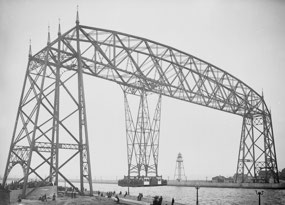
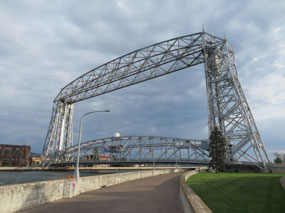
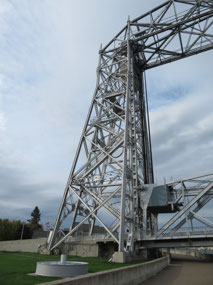
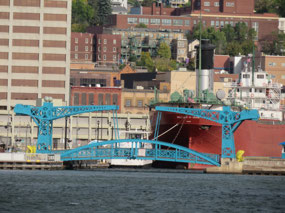
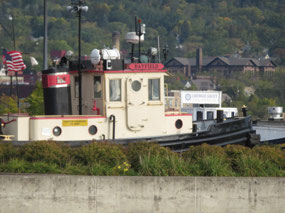
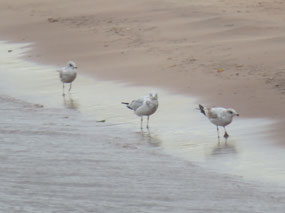
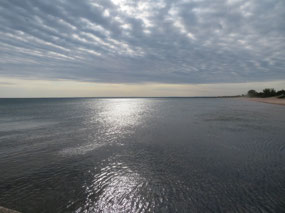
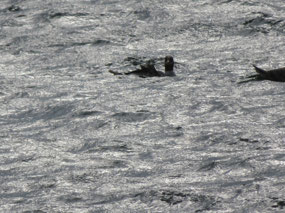
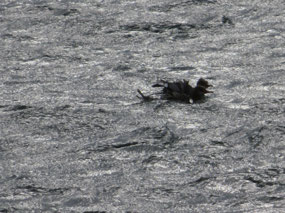
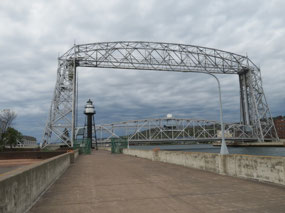
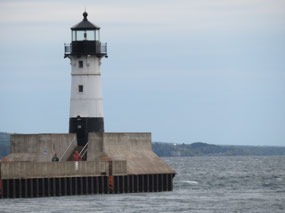
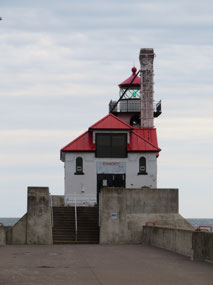

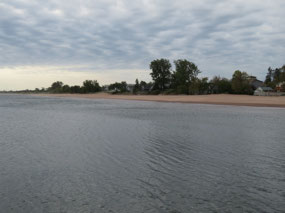

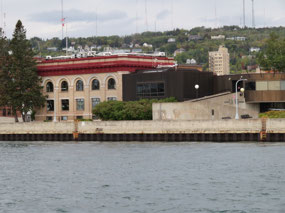


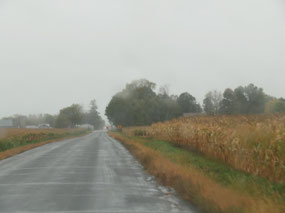
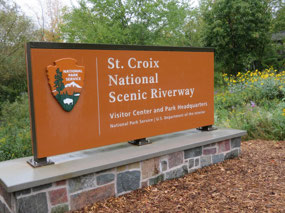

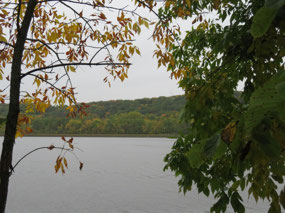







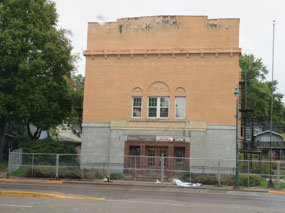

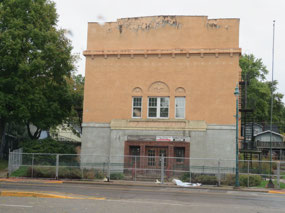
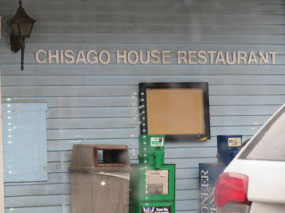
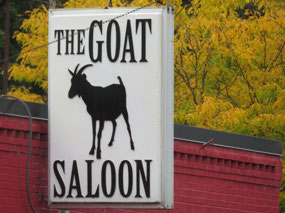


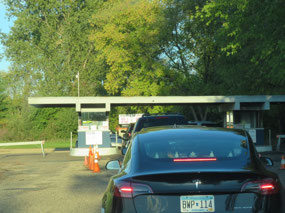
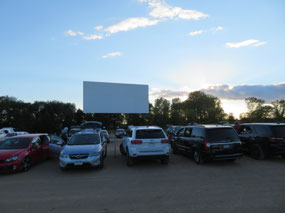
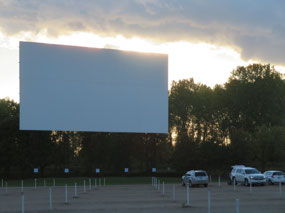

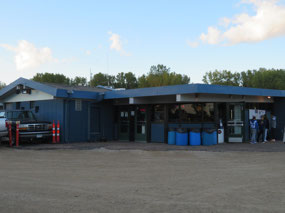
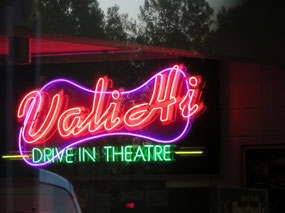
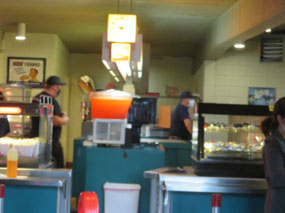
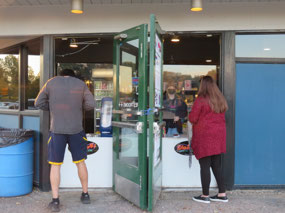
MM
2021-09-29
Always enjoy the photos. Skipped down to the drive in movie review. I didn't like Shang chi despite almost all Asian cast. Maybe cause I never read the comic books as a kid.